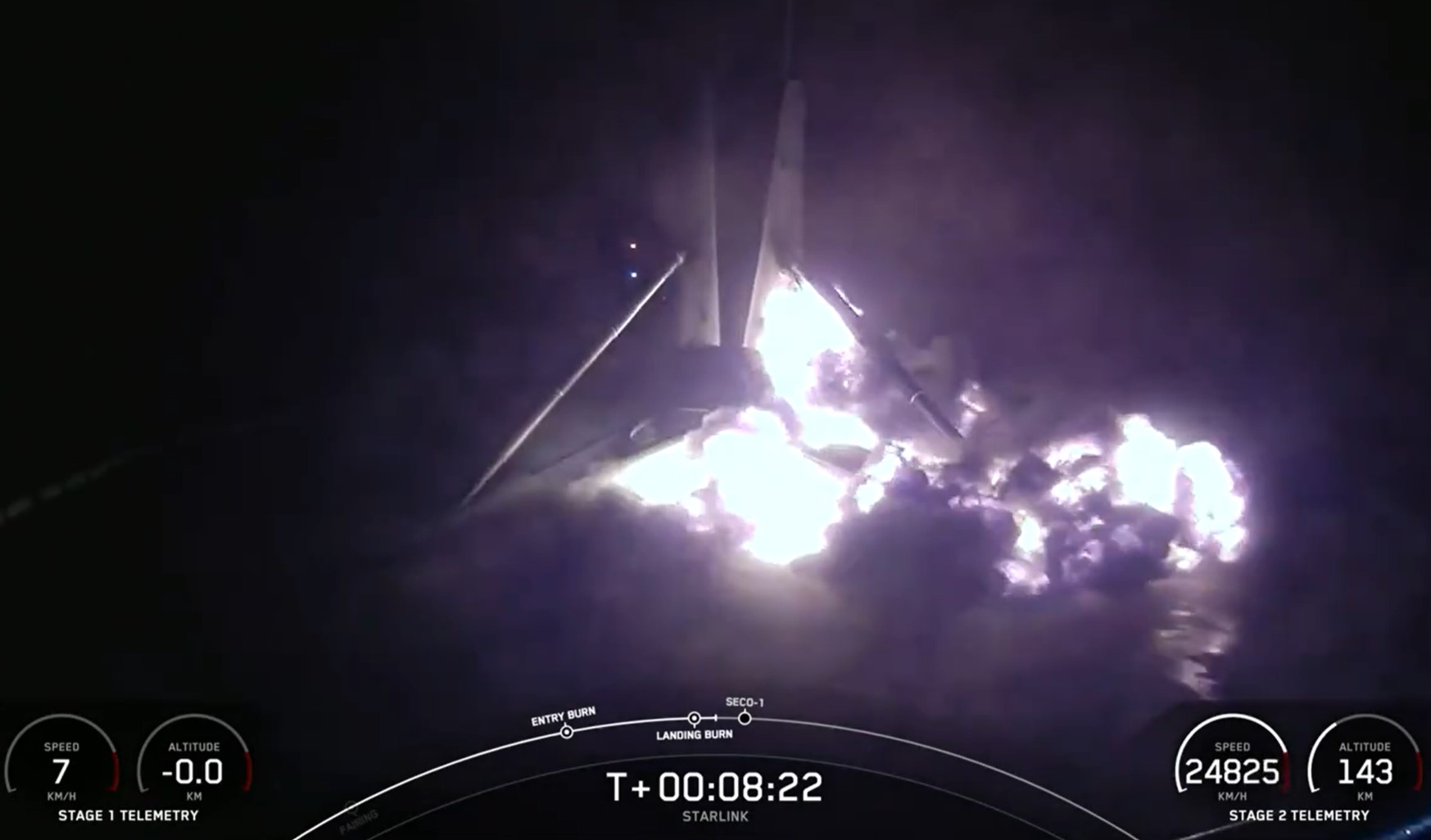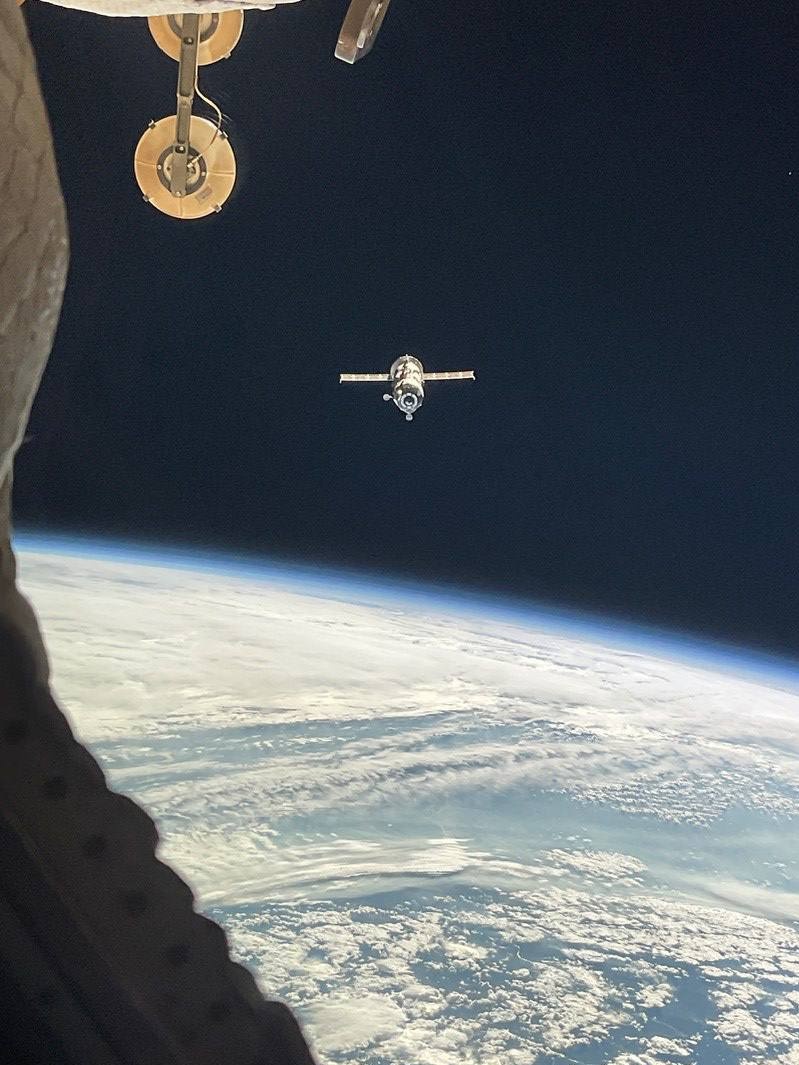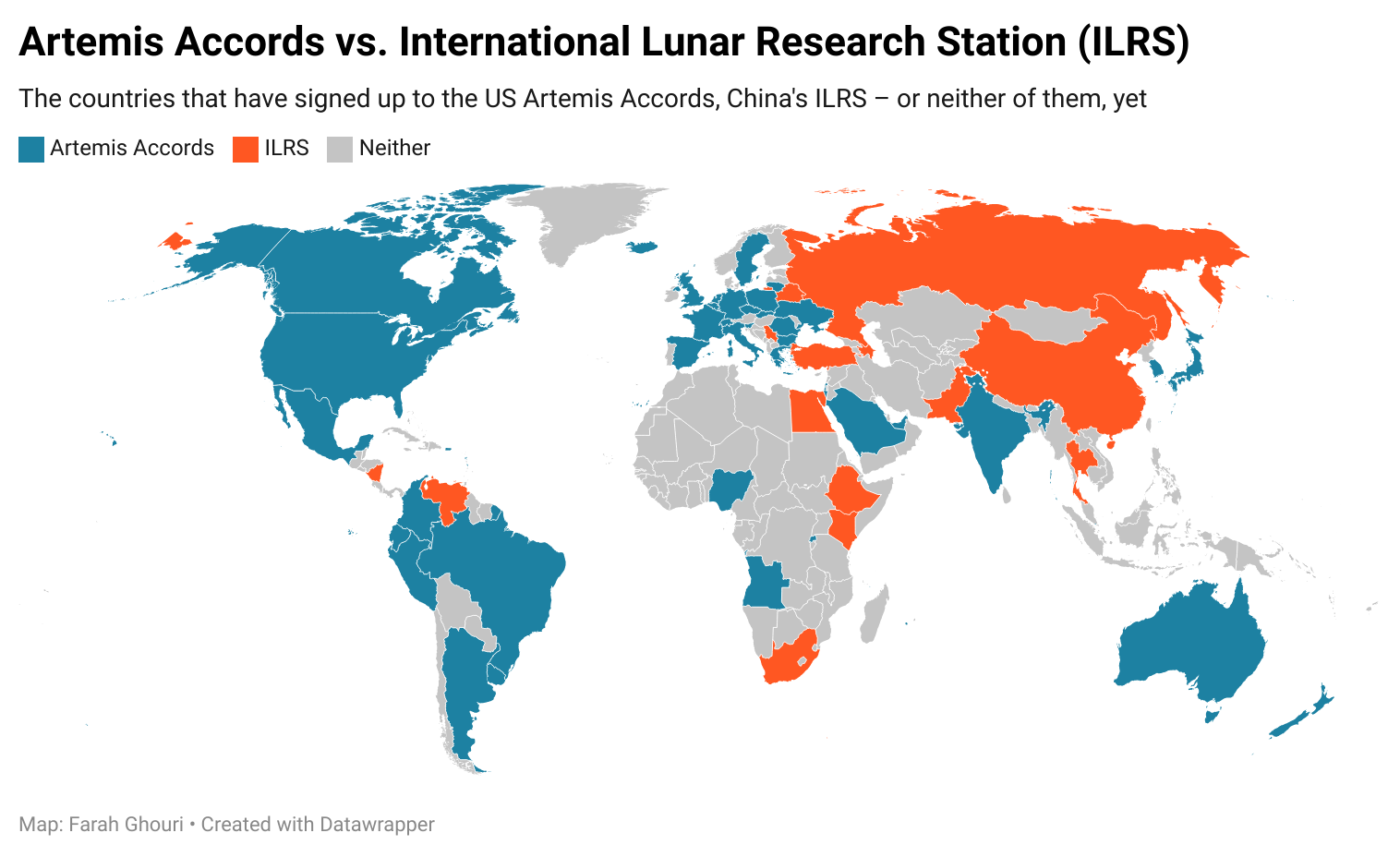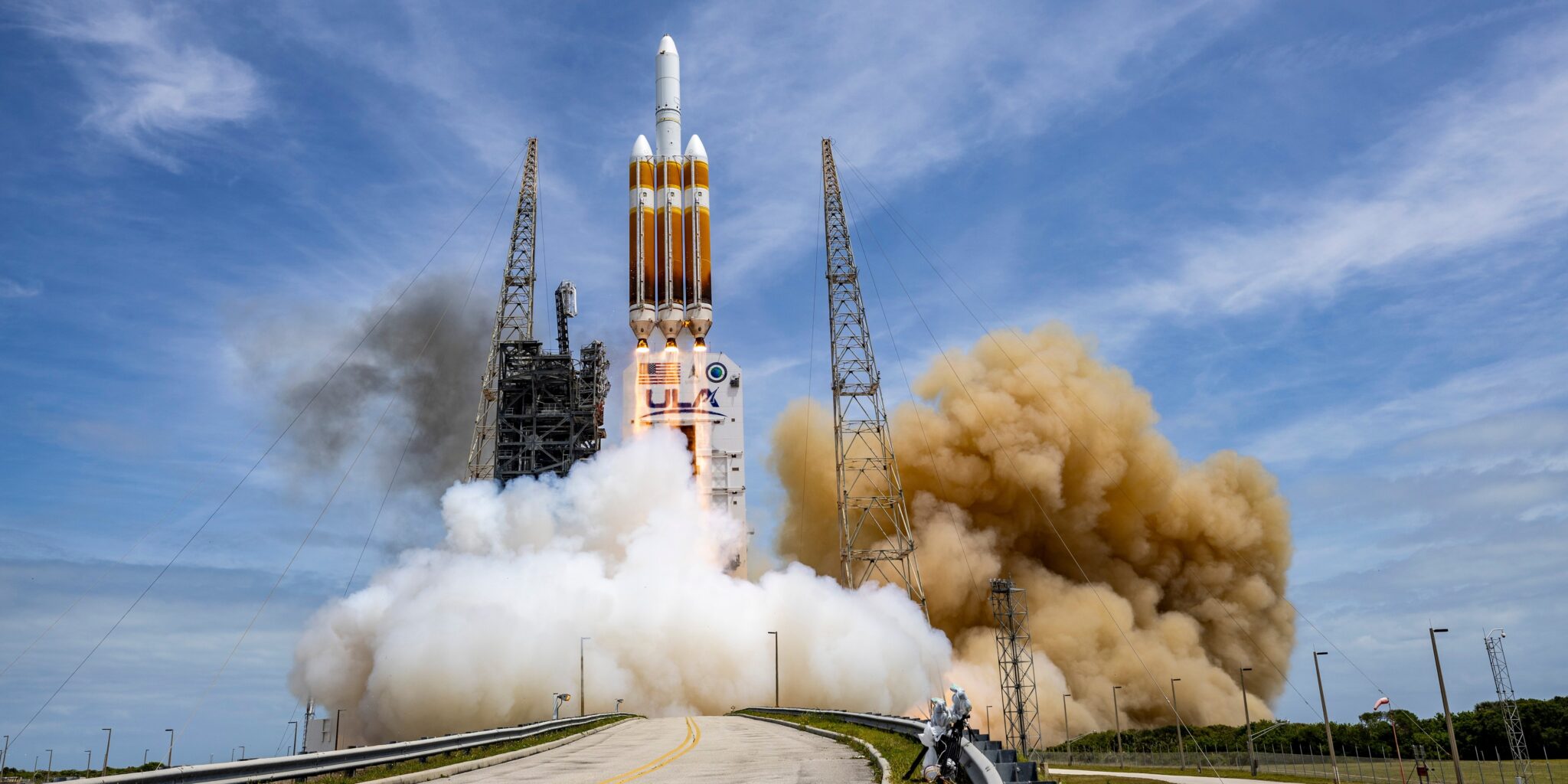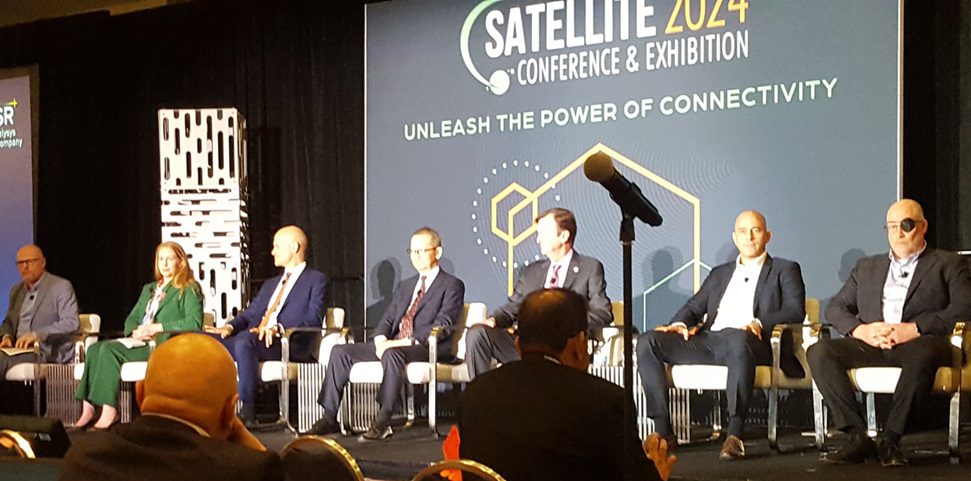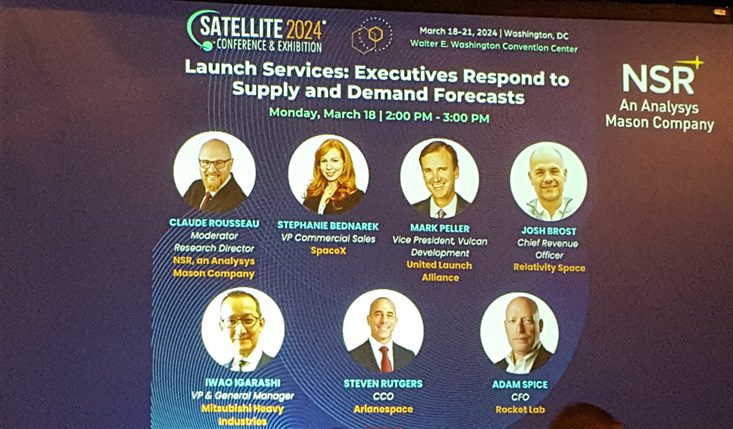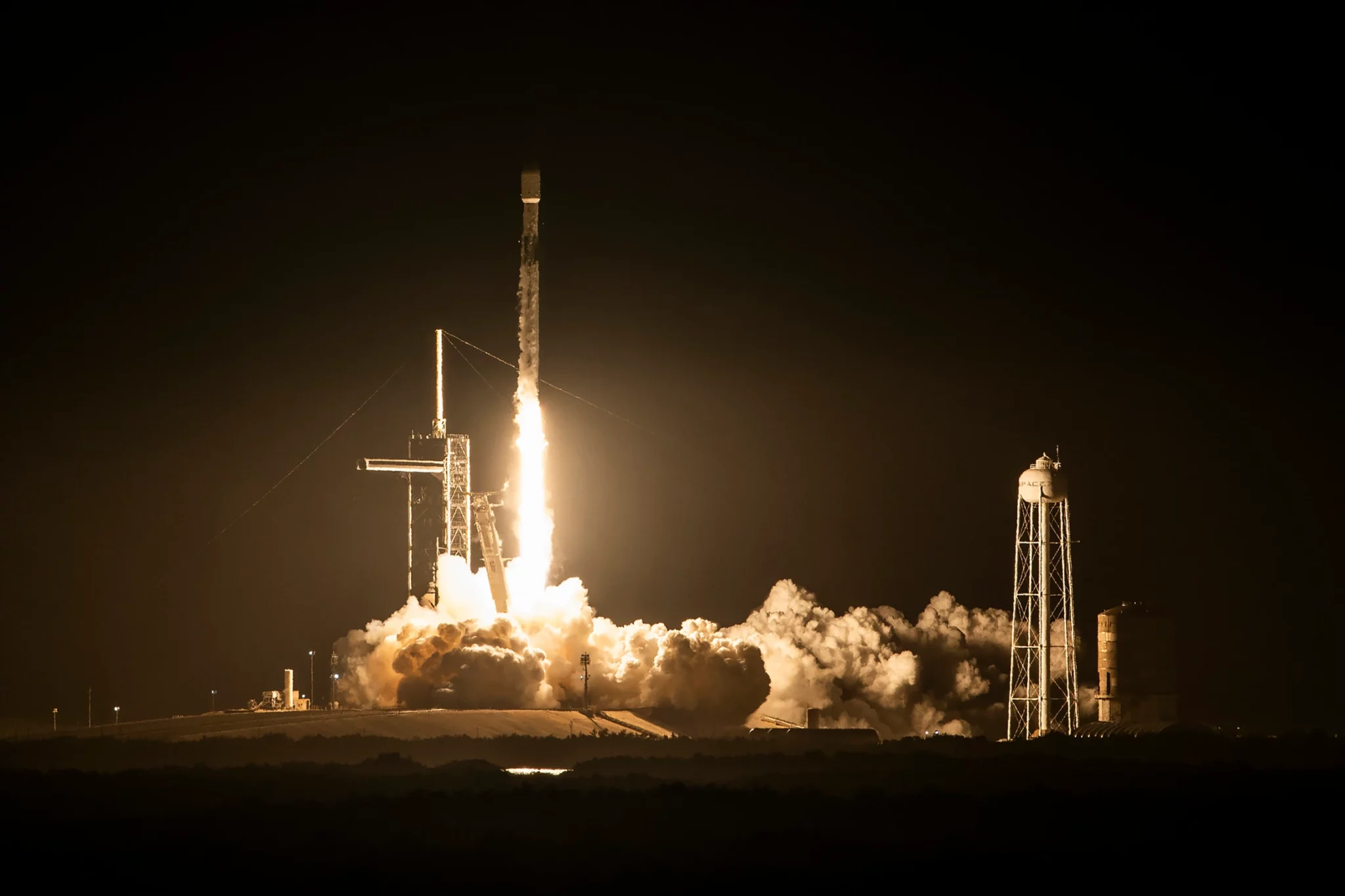The launch provider International Launch Services (ILS), which acts as the commercial marketing arm of the Russian rocket maker Khrunichev and its Proton launch vehicle, has laid off 25% of its staff. Officially, the cause of the lay-offs has been cited as due to Proton losing market share at the smaller end of the satellite size spectrum to SpaceX.
Currently, ILS projects an annual launch rate of 4 times per year, compared to the previous 7-8 flights per year it used to offer and has thus cut its costs accordingly.
ILS has also had to contend with the perceived relative unreliability of its Proton launch vehicle which not only has caused its insurance premium rate to rise relative to its competitors, but has caused a hiatus in its launch rate which has further irritated its customers.
This delay factor has been exacerbated by Russian government payloads having a scheduling priority over commercial launches. As it is, attracting new business for a Russian rocket in the light of the Russian annexation of parts of Ukraine has been made much harder.
The combination of new cheaper competition and the competitiveness-reducing effect of Russian inflation, has meant that Proton is no longer the cheapest rocket to GTO (Geosynchronous Transfer Orbit) around.
Thus ILS found that its Proton rocket could compete on price with new competitor SpaceX and its Falcon v1.1 for smaller satellites. Meantime, Proton’s reliability was not a match for its other main competitor Arianespace and its Ariane 5. In truth Proton’s failure rate was stable – just never reducing.
ILS is not alone in having to make adjustments as to cope with a quickly changing competitive environment. Europe’s space industry is in the process of consolidating its launch vehicle production in to a single entity to cut the cost of launch vehicles available to Arianespace. Similarly, Sea Launch has since announced cost reductions officially to cope with a gap in its launch manifest.
All is not lost for ILS. Proton is due to be replaced by Angara. As that rocket ramps up its launch rate, so it will become more attractive – well so long as its reliability can be maintained while keeping its costs down.

